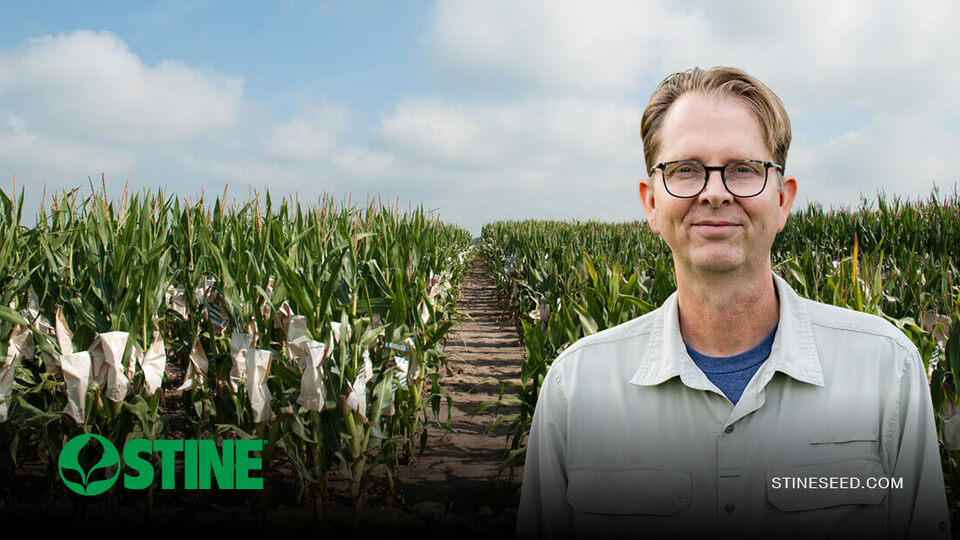This past winter, more technology was added to planters than I've seen in my many years in the industry. It seemed like every shop I entered, the planter had been disassembled.
The cost of upgrading your planter can be overwhelming. In some cases, the updates actually cost more than the planter itself. But updating older planters with modern technologies can make sense, since we are likely to see major improvements to the most basic planter function – opening and closing of the seed trench – in the near future.
The newest planters claim to provide good performance at speeds of up to 10 mph. Unfortunately, due to the abundance of rocks in our region, I don't see many opportunities for planters traveling that fast. So if trading planters isn't in your plans in the coming years, you may want to consider some of these high-tech updates to your tried-and-true planter:
Electric Drives — Allows row by row control of planting population. This also eliminates most the mechanical elements that have historically been used to drive planter units, including chains, clutches, cables and tire inflations. This eliminates wear components and can minimize downtime. Electric drive, in combination with variable rate planting, can allow the operator to change the population to the row. For instance, you can vary the population to the line of your management zones, rather than planting the population to the location of the tractor. These electric drive motors are easy to access and simple to change. I foresee electric drives becoming standard on most planters in the coming years. Of course, there is no free lunch: with the added electric power needs, some may need to upgrade generator/alternator sizes on their tractor, or even add an auxiliary generator.
Downforce controls — This technology allows a grower to select what downforce he'd prefer to use based on soils and management practices, in an attempt to minimize sidewall compaction and perfect seeding depth. By using this technology properly, we expect to have a more consistent stand with a more even emergence. This is probably best suited for the no-till farmer, but also has its benefits to growers using various tillage systems. The place I see the most benefit is to the grower who plants into cover crops. Under certain situations, we have struggled to get good seed-to-soil contact, and this may be the answer to that issue.
Of course, these upgrades do not replace good sound planting practices and regular maintenance, but they can help us get closer to maximizing yields. Growers will do their best at putting in the crop, in hopes that Mother Nature will finish it with a plentiful harvest.
Wishing everyone a safe spring. If you have any questions, feel free to contact your RSA.
Related Articles
-

Use Stine’s XP® seed treatments to prevent early injury to your crops
December 2025 in Agronomy
-

Understanding Stine’s enhanced oil profile soybeans
December 2025 in Agronomy
-

Soil sampling sets the stage for spring
November 2025 in Agronomy
-

Corn production growth paves way for more high-performing Stine® hybrids
November 2025 in Agronomy



